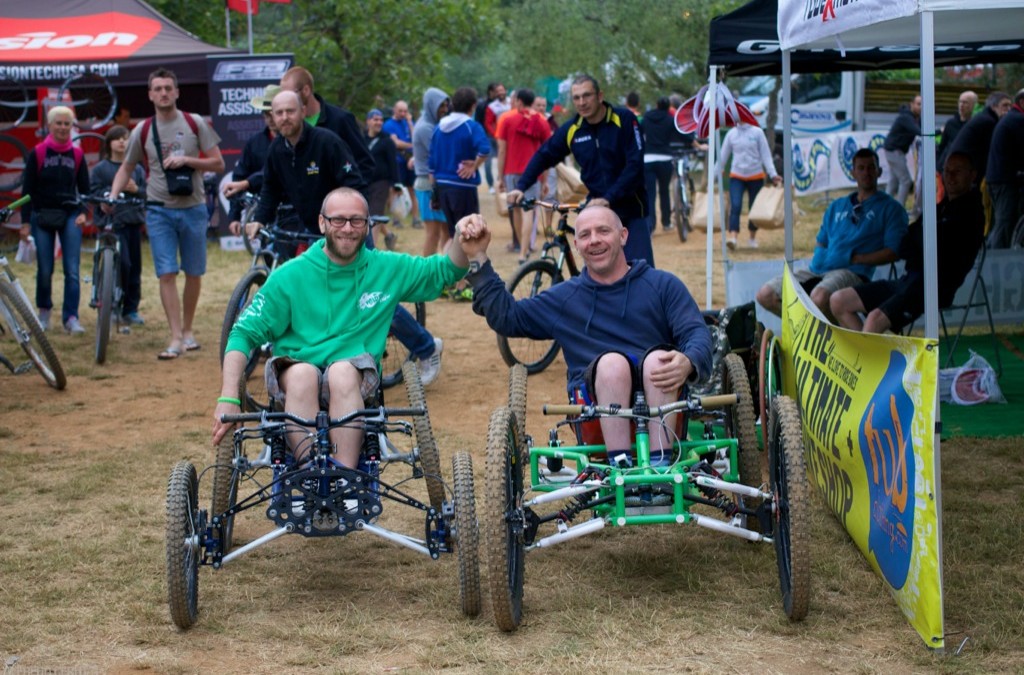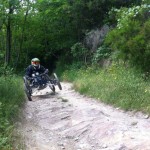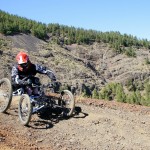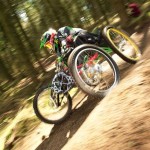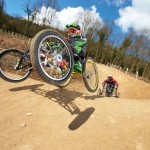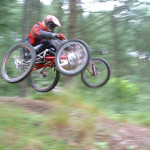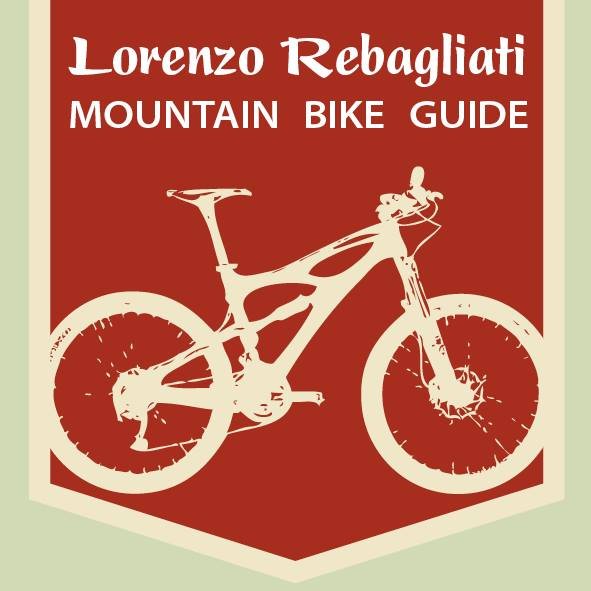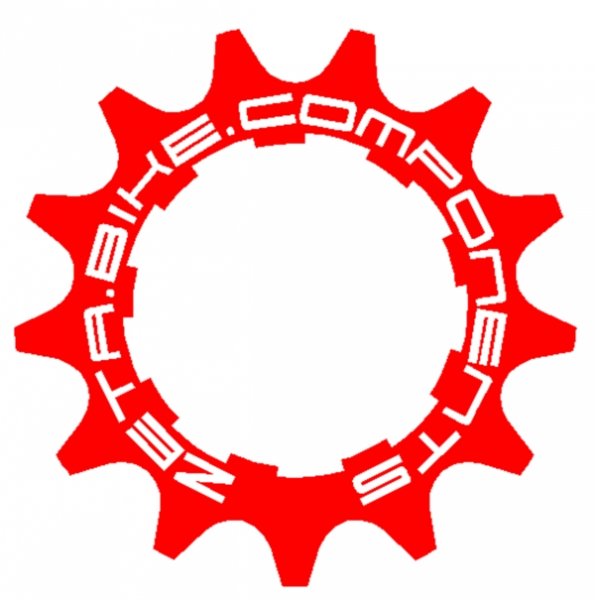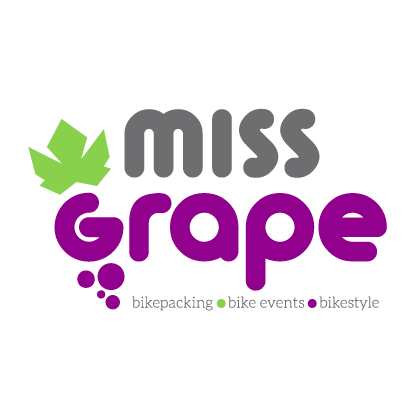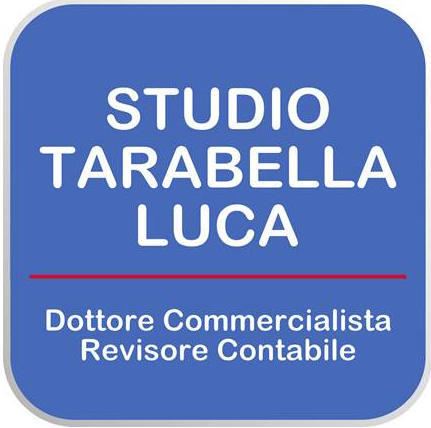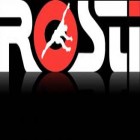Ben tornati amici cinghiali, come state?
Durante la 24h di finale ho incontrato Phil, un rider bello tosto percui ho deciso di farci due chiacchere. Ecco qui la versione in inglese e sotto quella in italiano!
Hi Phil and thanks a lot for the interview, I met you at the 24h of Finale Ligure while you were doing a “wheelie” in front of your stand… I said “wow” and stopped there to chat a while. Please introduce yourself to our readers.
My name is Phil Hall, I am 42 years old and I have been riding and promoting 4 wheeled “gravity biking” for the last 7 years. I am a paraplegic (wheelchair-user) after having a motorcycle accident whilst living in Tenerife back in 2003. Prior to that I had been doing downhill mountain biking on 2 wheels for just over 12 months.
I think you’re doing a very useful thing, so when did you start thinking about making MTB riding available to disabled people?
I loved my experiences of downhill MTB-ing prior to my accident, and I still wanted some excitement after recovering from my crash and returning home from hospital. However, all the sports I tried seemed to be missing the adrenaline that I needed. I then discovered “gravity biking” on a trip to America… and I loved it. So, during my flight home I decided to buy my own bike and start the Rough Riderz club, to encourage other people to try this amazing extreme sport.
You are from the UK, and use your website (www.roughriderz.co.uk) to promote Taster Days, to get as many other people involved as possible? How does this work?
Our main course has been designed for total beginners to “gravity biking” and concentrates on the technically correct way to perform the core skills required to become a competent and confident rider. People book a date with us and pay for the day, to experience what it is like to ride these bikes. After a full safety briefing, to discuss the hazards and conditions on the trail we get them kitted up and head out in the uplift van. Training and guidance is provided on a one-to-one basis by myself, on a safe and suitable trail. The day ends with a chat and some feedback over a cup of tea at the trail centre cafe. All our courses are available to anyone who can safely ride and control the bikes, either disabled, or able-bodied riders that want to have a go!
I see you offer an entry level course and advanced level courses too. Can you explain them a bit?
The Introductory (Level 1) course starts with basic training on forest roads next to the trail. After some test runs with the bike we then go on to the DH trail. This trail is a good introduction to the sort of terrain the bike can handle. It has a mixture of small features across the upper section of the route, on an exposed hillside, which then drops into a slower but more technical lower half through dense woodland, and ending at the bottom of the forest road.
The Intermediate (Level 2) course is designed for people who have already tried the sport and want more of a challenge. The second trail is in two parts. It begins with quite a narrow style track with some real twisty sections on it. It has plenty of trees, roots and rocks to avoid and finishes on the forest road. It then drops away in a steep descent and a sweeping bend leading into a faster section of trail. This part features a very technical rocky section through more trees, before crossing a wooden bridge over a stream. It all ends with a very fast, very rough run down a narrow track to the forest road below.
The Experienced (Level 3) course has been developed for riders who have already attended several successful training days with the club. This course introduces people to an even more challenging and exciting trail. It is a fast, high quality route through dense forest, boasting a more aggressive, freeride style with rock gardens, drop-offs, bomb holes, table-top jumps and some very steep descents! This trail demands full concentration from the start and is a real test of a rider’s bravery, skills and experience!
Did you enjoy the different trails you rode around Finale?
It was great to be able to ride some of the trails around Finale and they were a real test of skill on 4 wheels. The terrain was similar in many ways to some of trails I ride in the UK, with some tight, twisty sections and lots of trees, rocks and roots making it a real challenge to reach the end. I did crash twice during my visit but luckily I didn’t damage myself or my bike. It was great fun, and our hosts Enza and Riky at The Ultimate Bikeshop helped us with all their local knowledge. They made me feel very welcome and I look forward to coming back soon!
What about the bikes? How long did it take to learn to ride your bikes? Also, how long has it taken to develop and build the new 4 wheeled prototype bike so that it is capable of handling rough and rocky trails?
My own gravity bike was built in Canada and has been created and developed by professional riders over the last 15 years. It probably took me about 6 months to really get used to riding the bike, as it is a strange combination of rallying and downhill mountain biking. However, I think it took me over a year to get really confident and start to test my own limits on the bike. I was finally ready to try the Downhill World Cup track at Fort William after another 2 years of regular riding and training.
The prototype bike that is now being worked on has been over 12 months in the making, with a lot of knowledge borrowed from riding my own Canadian bike. The main aims with the new model is to try and create a better, faster and cheaper machine that can be ridden through even tougher terrain. We also want it to be easier to service and maintain, using as many standard MTB components as possible to reduce the need for specially custom made parts. Development has been very fast so far with the first prototype already performing well, with better weight distribution and more efficient shock absorbers. The second prototype is currently being built and will be ready for testing very soon. The aim now is to have a finished bike that is ready to go into production by the start of next year.
Phil, thanks again for the interview and before we finish is there anything you would like to say about what keeps you riding and not giving up?
I keep riding simply because it gives me a reason to get out of bed in a morning! It gives me the excitement and the adrenaline I crave. It offers me a real physical and mental challenge and it allows me to meet lots of great people. I also love the fact that I can just forget about my disability when I’m in my bike and I find myself riding in some of the most amazing and beautiful locations that I couldn’t dream of getting to see or experience in my wheelchair. I also get a lot of enjoyment from introducing others to this wonderful world of dirt and I hope to continue doing what I do for a long time to come… so I’ll probably only give up when I’m in a box! Ha ha ha
Finally, I would like to say thanks very much to the Wildpigs crew for this interview and for the opportunity to “spread the word” about my club and our aims to make DH mountain biking accessible to as many people as possible.
Thank God for gravity! 🙂
Ciao Phil e grazie molte per l’intervista; ti ho incontrato alla 24H di Finale ligure mentre stavi facendo un “wheelie” di fronte al tuo stand… Mi son detto “wow” e mi son fermato per fare due chiacchere. Per favore presentati ai nostri lettori.
Mi chiamo Phil Hall, ho 42 anni , raido e promuovo le 4 ruote ‘gravity biking’ da 7 anni. Sono rimasto paraplegico dopo aver avuto un incidente in moto mentre vivevo a Tenerife nel lontano 2003. Prima di allora facevo downhill da 12 mesi.
Sono convinto che tu stia facendo una cosa utilissima, quando hai iniziato a pensare di rendere la MTB fruibile alle persone con disabilità?
Mi son piaciute le esperienze di downhill precedenti al mio incidente e desideravo ancora quelle esaltanti sensazioni dopo essermi ripreso dalla ‘botta’ ed esser tornato a casa dall’ospedale. Ad ogni modo, tutti gli sport che ho provato sembravano mancare di quell’adrenalina di cui avevo bisogno finché non ho scoperto il “gravity biking” in un viaggio in America… e mi è piaciuto! Così, durante il volo di ritorno decisi di comprarmi la mia bici personale e aprire Rough Riderz club per incoraggiare altre persone a provare questo straordinario e estremo sport.
Sei del regno unito e usi il tuo sito www.roughriderz.co.uk promuove i ‘Taster Days’ per coinvolgere più persone possibili? Come funziona?
Il nostro corso principale è pensato per i neofiti al ‘gravity biking’ e si concentra sul modo tecnicamente corretto di affinare le abilità base richieste per diventare competente e confidente con il mezzo. Le persone prenotano e pagano per la giornata per provare come si usano queste bici. Dopo un incontro svolto in piena sicurezza in cui si discutono dei rischi e delle condizioni dei sentieri, forniamo tutto l’equipaggiamento e li portiamo a furgone. L’istruzione e l’orientamento sono seguiti personalmente da me e del tutto individuali su un percorso sicuro. La giornata si conclude con una chiaccherata per scambiarsi opinioni e suggerimenti di fonte ad una tazza di the al bar del centro di addestramento. Tutti i corsi sono accessibil a chiunque possa usare e controllare in modo sicuro le bici, anche con disabilità, o anche ai completamente abili che vogliono provare!
Vedo tra le offerte un corso base e uno avanzato. Puoi spiegarceli un attimo?
Il corso introduttivo (Livello 1) inizia con un allenamento su delle jeepabili nel bosco. Dopo alcune prove con la bici ci spostiamo sulla pista DH. Questo percorso è una buona introduzione al tipo di terreni che la bici può affrontare. C’è un misto tra la sezione alta, su una riva esposta, che poi scende verso la parte bassa più lenta e tecnica in un fitto sottobosco e che termina sulla strada.
Il corso intermedio (Livello 2) è pensato per persone che hanno già provato lo sport e voglio più sfida. La seconda parte del sentiero è divisa in due parti. Inizia con una traccia abbastanza stretta con alcuni tratti veramente tortuosi. E’ pieno di alberi, radici e pietre da schivare e termina sulla jeepabile. Dopodiché cade in una ripida discesa con un’ampia curva che porta in un tratto più veloce. Questo pezzo è molto roccioso e tecnico con molto alberi prima di passare su una passerella di legno sopra un ruscello. Il tutto finisce con una corsa super veloce e molto dura giù per un sentiero stretto fino alla strada sottostante.
Il livelo per esperti (Level 3) è dedicato a chi ha già portato a termine senza problemi più di un corso con il club. Qui le persone vengono portate ad una sfida ancora maggiore su un percorso eccitante. Ha passaggi veloci e sentieri di alta preparazione nel fitto del bosco e vanta uno stile di guida più aggressivo con rock gardens, salti, table-top e discese molto pronunciate. Questo percorso richiede piena concentrazione dall’inizio alla fine ed è un vero test per il coraggio del rider, bravura e esperienza!
Ti sono piaciuti i sentieri del Finalese ?
E’ stato stupendo poter girare su alcuni dei sentieri nell’area di Finale ed è stato un vero test di abilità per le 4 ruote. Il terreno è simile a quello dei percorsi in UK, con alcune passaggi stretti e tortuosi con molte radici e rocce a creare una vera sfida fino alla fine. Sono caduto due volte ma non mi sono fatto male ne danneggiato la bici. E’ stato un vero spasso e le nostre guide Enza e Riky di The Ultimate Bikeshop ci hanno aiutato con tutte le loro risorse e conoscenze locali. Mi han fatto sentire il benvenuto e non vedo l’ora di tornarci!
Che cosa ci puoi dire sulle bici? Quanto ci è voluto per imparare ad usarla? E anche quanto ci è voluto per progettare e costruire i nuovi prototipi a quattro ruote capaci di aggredire terreni tosti e rocciosi?
La mia bici personale è stata costruita in Canada ed è stata creata e sviluppata da rider professionisti con 15 anni di esperienza. Ci son voluti circa 6 mesi per abituarmi alla bici, è una combinazione particolare tra il rally e il downhill. Ad ogni modo, penso di averci messo un anno per diventare veramente confidente e iniziare a verificare i miei limiti in bici. Sono finalmente stato pronto a provare il Downhill World Cup a Fort William dopo 2 anni di duro e costante allenamento.
Il nuovo prototipo è attualmente in lavorazione da più di 12 mesi con un sacco di conoscenza presa in prestito dalla mia personale bici Canadese. L’obiettivo principale con il nuovo modello è di provare a creare un mezzo più veloce ed economico capace di affrontare tutti i terreni. Vorremmo inoltre che fosse più facile farci manutenzione potendo usare il più possibile i componenti standard delle MTB riducendo al minimo i pezzi fatti su misura da terze parti. Fin qui lo sviluppo è stato veloce e tutto è andato alla grande con una migliore distribuzione dei peso e un efficiente assorbimento degli urti. Questo secondo prototipo è in fase di assemblaggio e sarà presto pronto per un test. L’augurio è di poter avere una bici finita entro l’anno e poter andare in produzione con l’inizio del prossimo.
Phil, grazie ancora per l’intervista e prima di finire c’è qualcosa che vuoi dire su quel che ti tiene in bici e sul non mollare?
Continuo a ridare semplicemente perché mi da la ragione per alzarmi dal letto la mattina! Mi dà quell’eccitamento e adrenalina che tanto bramo. Mi offre una reale sfida fisica e mentale e mi permette di incontrare un sacco di belle persone. Mi piace anche il fatto di potermi dimenticare della mia disabilità quando sono sulla mia bici che mi porta a percorrere alcuni luoghi, spettacolari e bellissimi, che altrimenti non avrei mai visto dalla mia sedia a rotelle. Provo anche tanto piacere quando faccio conoscere ad altre persone questo fantastico mondo ‘di terra’ e spero di continuare a farlo per un bel po… probabilmente smetterò solo quando sarà nella bara! Ha ha ha.
Infine voglio dire grazie molte alla Widlpigs crew per questa intervista e per l’opportunità di “diffondere la parola” sul mio club e la nostra intenzione di rendere il mountain bike DH accessibile a quante più persone possibili.
Grazie Signore per il ‘gravity’ ! 🙂

